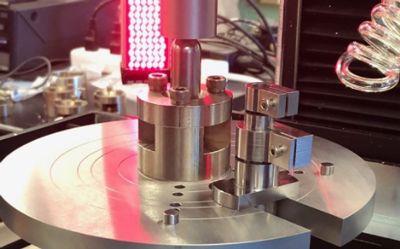Challenges In Extrusions Met With Branched, High Molecular Weight Keltan 13561C EPDM
Pete Spanos, M. Montserrat Alvarez Grima, Gosé van Zandvoort, Arlanxeo
Keltan 13561C was introduced as the premier EPDM grade for extruded seals. It has quickly become apparent that the unique combination of the grade’s characteristics makes this material one of the principal tools for other applications. The very high molecular weight and long chain controlled
branching drive economical compounding and enhanced processing.
Hose formulations can benefit from these characteristics. Performance requirements of automotive hoses dictate high quality formulations. Such formulations are typically moderately filled, and often use blends of two or more EPDM grades. This article will show how costs can be reduced through
the use of higher amounts of lower cost materials (carbon black, mineral fillers and process oil), while properties can be enhanced or maintained.
Very high molecular weight polymer is the key. It is well known that higher molecular weight EPDM enhances strength, hose collapse resistance, compression set and stress relaxation properties. High molecular weight EPDM grades are typically produced as solid dense bales with high levels of oil in the product. This new grade is different. The friable bale product form and low oil content of the very high molecular weight Keltan 13561C allow maximum flexibility for formulators, and fast mixing.
Controlled long chain branching (CLCB) is a technology Arlanxeo has perfected with more than a decade of production experience. Users of CLCB grades have benefited from the process improvements in mixing, as well as excellent extrusion surface and collapse resistance. Keltan 13561C is another of the dozens of Arlanxeo grades utilizing this branching. This review concentrates on automotive hose specifications. In addition, typical extended formulations are shown, along with resulting properties. Compressive stress relaxation testing is covered, with key compounding techniques that are reviewed, along with processing enhancements.

